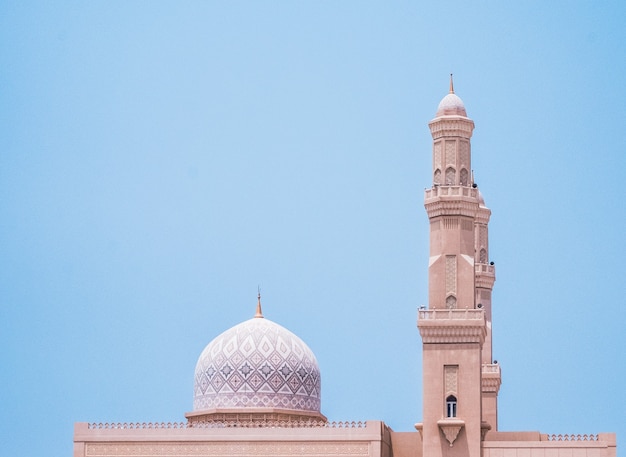Exploring the Wonders of Istanbul’s Blue Mosque


One of the great things about visiting a city like Istanbul is the easy access to all the mosques. Just remember that you’ll need to take off your shoes and put them in the provided plastic bags, and women should cover their hair with a scarf. Being able to visit these mosques is a real privilege, especially considering that in some countries, like Morocco, entry to mosques is not allowed for non-Muslims. Inside, you’ll find incredible works of art, making Istanbul’s mosques a major attraction.
The two most spectacular mosques in Istanbul are Hagia Sophia and the Blue Mosque. They’re conveniently located near each other, just a five-minute walk apart. It’s important to note that Hagia Sophia is now a museum, and there’s an entry fee of 25 TL with no student discounts, but you won’t need to remove your shoes or cover your hair here. On the other hand, the Blue Mosque is still used for prayer, so there’s no entry fee.
The Blue Mosque is likely the first one you’ll visit in Istanbul. It’s our favorite among the city’s mosques, both inside and out. Externally, it’s perfectly proportioned, and its surroundings—lush gardens and the Roman Hippodrome—make it the most photographed monument in Istanbul. It’s also the only mosque in the city with six minarets. This unique feature caused some controversy when it was built, as only the mosque in Mecca had six minarets. Eventually, a seventh minaret was added to the mosque in Mecca to settle the issue.
Inside, the Blue Mosque is stunning, with lovingly detailed ornamentation. Its active use as a place of worship adds a unique religious atmosphere that Hagia Sophia doesn’t have. Note that the mosque closes to visitors during prayer times to avoid disturbances. To fully appreciate its interior, try visiting just before prayer time when there are fewer people.
The mosque is open from 9 AM to 7 PM and features a large patio and gardens at the entrance. For the best experience, visit early in the morning or just before or after prayer time to avoid the crowds.